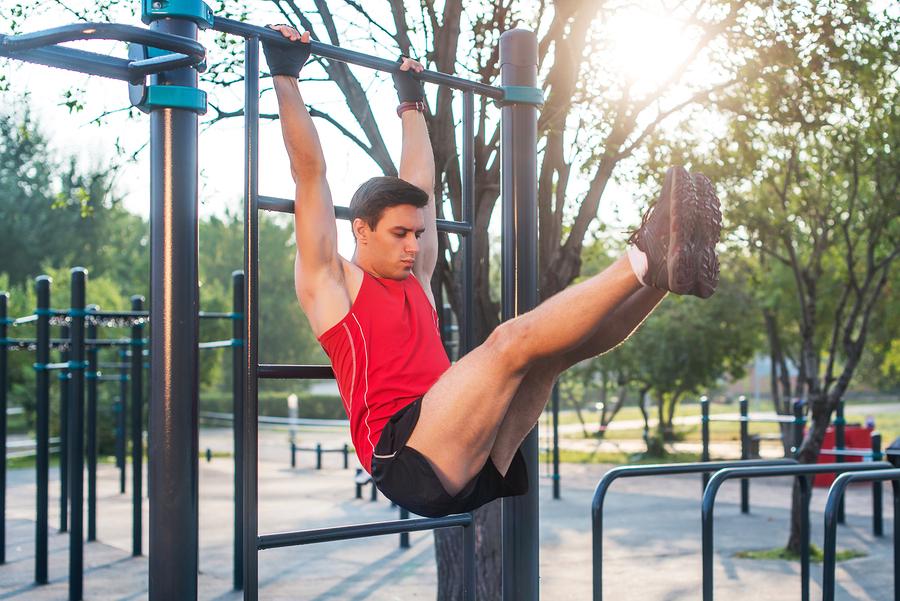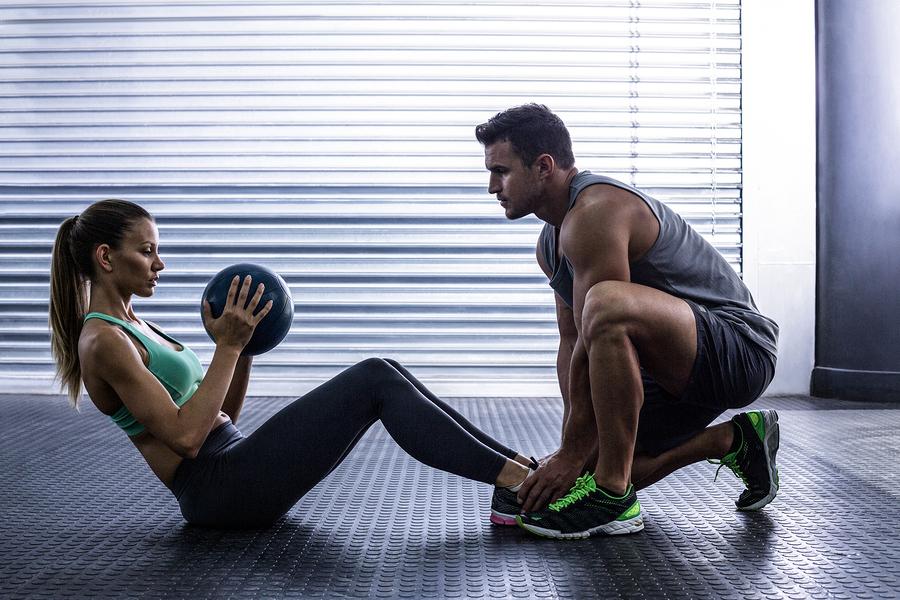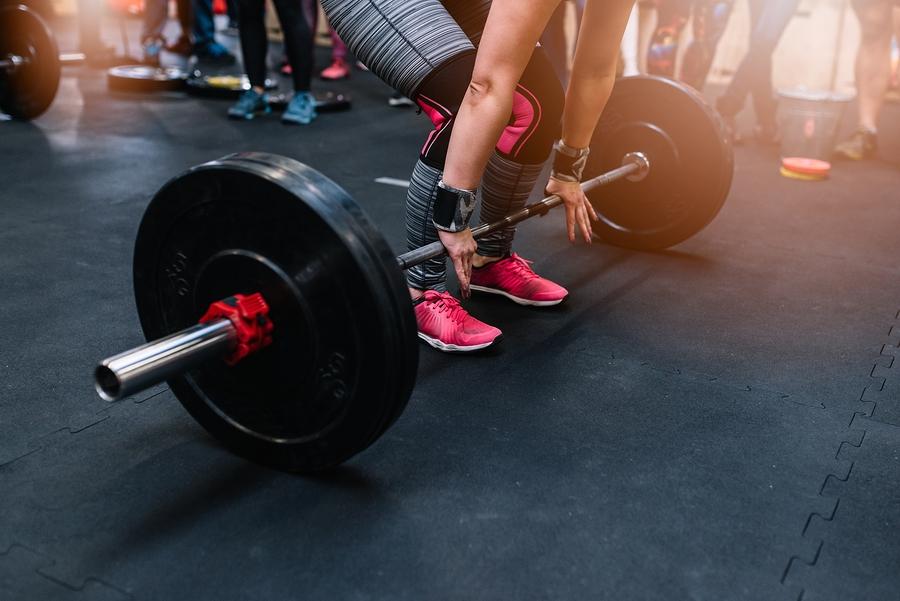When we talk about the core muscles, we often tend to think that this muscle group is solely concerned with the abdominal muscles – or abs as they are usually called. However, the core is actually a complex combination of several different muscles. And, far from just being easy on the eye, a strong core is helpful for stabilising your body!
The exterior muscles that are most commonly trained are just the surface of the core muscles, and if we look a bit deeper then we can also discover the transverse abdominals, pelvic floor, multifidus, and several other key muscles.
Arguably, the most effective way to train your core muscles is with functional compound exercises. This includes things like deadlifts, squats, and press ups. However, each muscle group has different functions and can benefit from different exercises.
Let’s take a closer look at what these are!
Rectus Abdominis
The rectus abdominis is the large muscle at the very front of the torso and is the most superficial muscle in this area of the body. It enables the forward bending movement of the torso and also the backwards tilt of the torso from the pelvis.
It is a good idea to frequently perform strengthening exercises that target the rectus abdominis. Ideal exercises to choose from are regular sit ups, sit ups on a stability ball, or holding the plank position.
External Obliques
The external obliques are the most superficial of the three layers of muscle at the sides of the torso. When you walk and when you run, your leg muscles naturally pull the pelvis downwards, and the external obliques help to offset this and stabilise the pelvis.
When you work to tone your external obliques, you will notice the difference in appearance of your waist and also feel the strength of your core increase. Good exercises to choose from are side bends, side crunches, and Russian twists.
Internal Obliques
The internal obliques are found at the sides of the torso where they are the second layer of muscle. They enable the torso to flex at the sides, and also allow the torso to rotate from side to side and bend forwards.
Although these are deep muscles that aren’t visible on the surface of the body, it is still beneficial to strengthen these muscles. In doing so, you help to develop greater overall core strength. Some of the best exercises for toning the internal obliques are incline twisting crunches, plank twists, and lying twists.
Transverse Abdominis
The transverse abdominis is located at the sides of the torso and is the deepest of the layers of muscle here. This muscle can help to stabilise the lumbar section of the spine, and also to compress the abdominal region.
There is early evidence to suggest that back pain can occur when this muscle becomes weakened. Fortunately, there are several effective exercises to help maintain and build muscle in this area, such as abdominal hollowing, planking, supine leg extensions, and quadruped lifts.
Erector Spinae
The erector spinae muscles can be found on either side of the spine. These muscles help to straighten the spine, and also to enable flexion of the torso from side to side.
Weakened erector spinae muscles can contribute to aches and pains in the back, as well as an increased risk of injury in this area. Working to strengthen the erector spinae can help to protect against these issues. Good exercises to do are deadlifts and the standing or prone superman exercises.
Multifidus
The multifidus are relatively thin muscles that play an important role in stabilising the joints of the spine. The multifidi muscles help to keep the spine straight, support the torso as it flexes from side to side, and support the torso as it rotates.
Regularly engaging in exercises that strengthen the multifidus can help to increase strength and stability in the spine. Try leg raises and a combination of twisting rotation movements to support the function of these muscles.
Quadratus Lumborum
The quadratus lumborum muscles are on either side of the spine and pull the torso from side to side. They also assist the diaphragm when breathing by pulling the bottom rib down to increase the force of exhalation.
The side plank exercise is useful for strengthening this muscle, as is a popular yoga pose combination, known as cat pose – cow pose.
Pelvic Floor Muscles
Several muscles at the base of the pelvis make up the pelvic floor muscles. The pelvic floor muscles support the contents of the pelvis, such as the bladder, intestines and uterus. The pelvic floor is also sometimes referred to as the pelvic diaphragm.
Exercising the pelvic floor muscles is important because it helps to maintain control over the functions of the bladder and the bowels. Muscle tone in this region can decrease naturally with age or following childbirth. However, it is possible to work to tone these muscles through the use of certain exercises.
References
1) https://www.livestrong.com/article/467476-rectus-abdominis-exercises
3) https://www.livestrong.com/article/106940-exercises-abdominal-external-oblique
4) https://www.livestrong.com/article/335026-the-best-exercises-for-the-quadratus-lumborum
Related Posts
Cigarettes May Inhibit Inflammation Treatments
Axial spondyloarthritis, also known as AxSpa, is a chronic…









